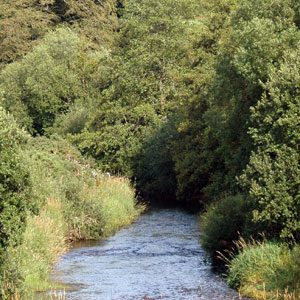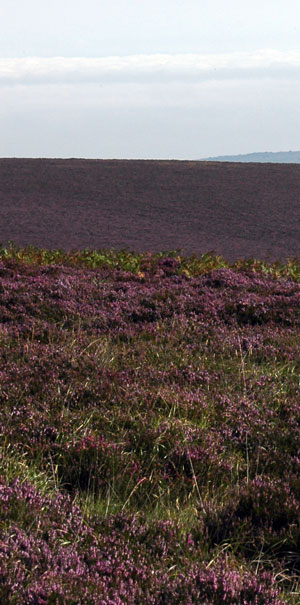The national vegetation classification

The Nature Conservancy Council commissioned the National Vegetation Classification in 1975. Its aim was to provide a clear and systematic catalogue / description of the many plant communities of the United Kingdom. After many years of work, a five volume account of the Classification of the National Vegetation was produced by Cambridge University Press.
- Woodlands and scrub
- Mires and heaths
- Grassland and montane vegetation
- Aquatic swamps and tall herb fens
- Maritime communities and vegetation of open habitats.
Details of the methodology and sampling techniques can be found here : http://www.ukgbc.org/site/document/download/?document_id=556 (large pdf).
 Over the years, the NVC has come to be accepted by governmental organisations, local authorities, universities and other bodies. Rather like the binomial system defines a particular species to one and all, so the NVC has offered a ‘common language’ for the description of plant communities. The NVC is not static but a ‘work in progress’, for example, NVC survey methods were extended to Northern Ireland in 1992.
Over the years, the NVC has come to be accepted by governmental organisations, local authorities, universities and other bodies. Rather like the binomial system defines a particular species to one and all, so the NVC has offered a ‘common language’ for the description of plant communities. The NVC is not static but a ‘work in progress’, for example, NVC survey methods were extended to Northern Ireland in 1992.
Each NVC community has a brief description based on the most frequent / distinctive plants, for example, juniper and wood sorrel. Each community is also assigned a letter and number code – if it starts with a W then it is a woodland community. If it is W17, then it is an upland oak and birch community.
Upland oak woodland may be found in areas of Wales such as Snowdonia, and the Pennines. H denotes heathland so H4 Ulex gallii – Agrostis curtisii describes a heath community, heather (Calluna) with Western Gorse and Bristle Bent.
A field guide (produced by the Joint Nature Conservancy Commission) to the various types of woodlands can be found here ; one for mires and heaths here (large pdf files).
Comments are closed for this post.
Discussion
[…] along the Suffolk coast; where mediaeval rabbit warrens can be found. Details of the NVC classification of Heaths and Mires can be accessed […]
Very useful to put info used by professionals in front of ‘amateur’ woodland owners.
This looks a really useful resource, thanks for sharing it here.

[…] types of woodland. Then, there is the National Vegetation Classification (the subject of a blog some time back) – this recognises some 50 different woodland communities e.g. Fagus […]
Woodlands come in many forms. | Woodlands.co.uk
15 May, 2015